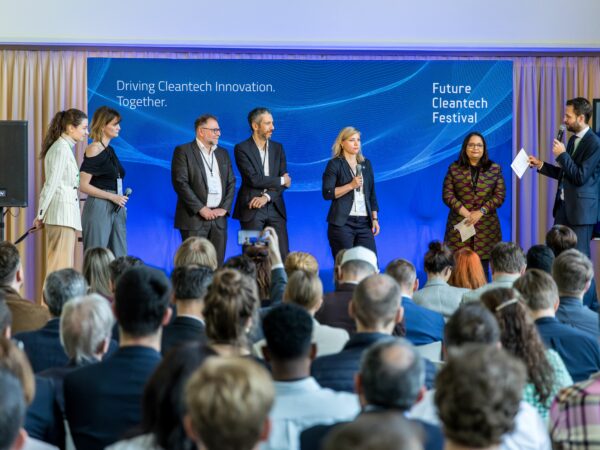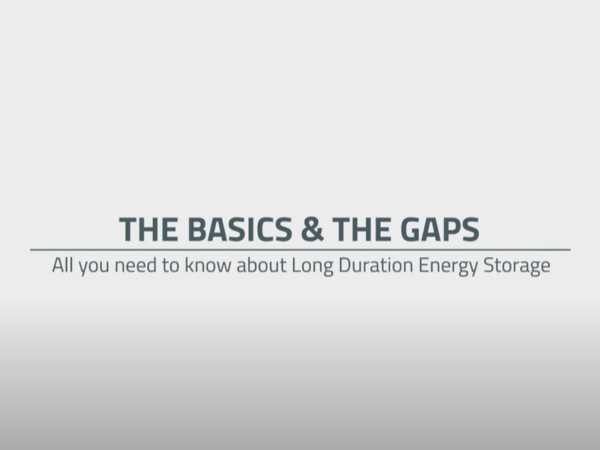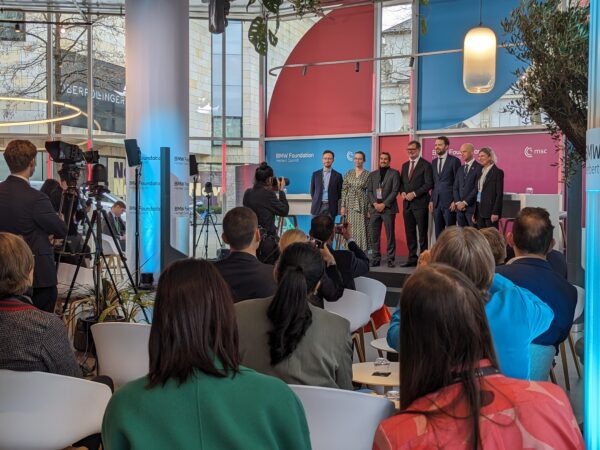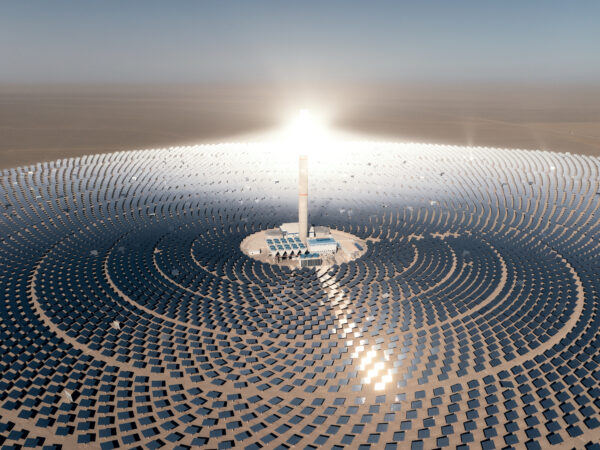Energy System
Driving Cleantech Innovation Together
Combine seamlessly fitting layouts, customize everything.
Global electricity generation accounts for over 25% of global greenhouse gas emissions, while heat generation accounts for another 25%. These energy systems, largely powered with fossil fuels, have dramatically grown in size during the last few decades and are expected to continue to grow due to sustained increases in population and global GDP. Fortunately, this growth is now being supported with large shares of new low-carbon sources of energy: solar photovoltaics and wind energy are the cheapest and fastest growing sources of electricity at a global scale, and net-zero scenarios predict they will be the largest contributors to substituting fossil-fuels between now and 2050.
As the clean energy transition takes place, low-carbon flexibility will be crucial to cover gaps in renewable energy generation and ensure that supply and demand match at all times without the need for gas turbines. Clean flexibility tools, such as long duration energy storage (of both electricity and heat), and clean firm power sources, among others, will help guarantee security of supply, avoid massive amounts of renewable energy curtailment, and lower overall energy costs over daily, weekly, and seasonal timeframes.
Promote the development and deployment of a range of flexibility tools and storage technologies to cover flexibility needs over intra-day, multi-day, and seasonal timeframes. Raise the awareness of the importance of these tools for the success of the energy transition, and the current availability of many of these technologies already at a commercial or pre-commercial stage. Create a suitable regulatory environment, including the development of long-term deployment targets and the implementation of low-carbon flexibility support schemes, to help create business cases, minimize investors’ risk, and promote technology adoption.
The Basics & The Gaps - Thermal Energy Storage
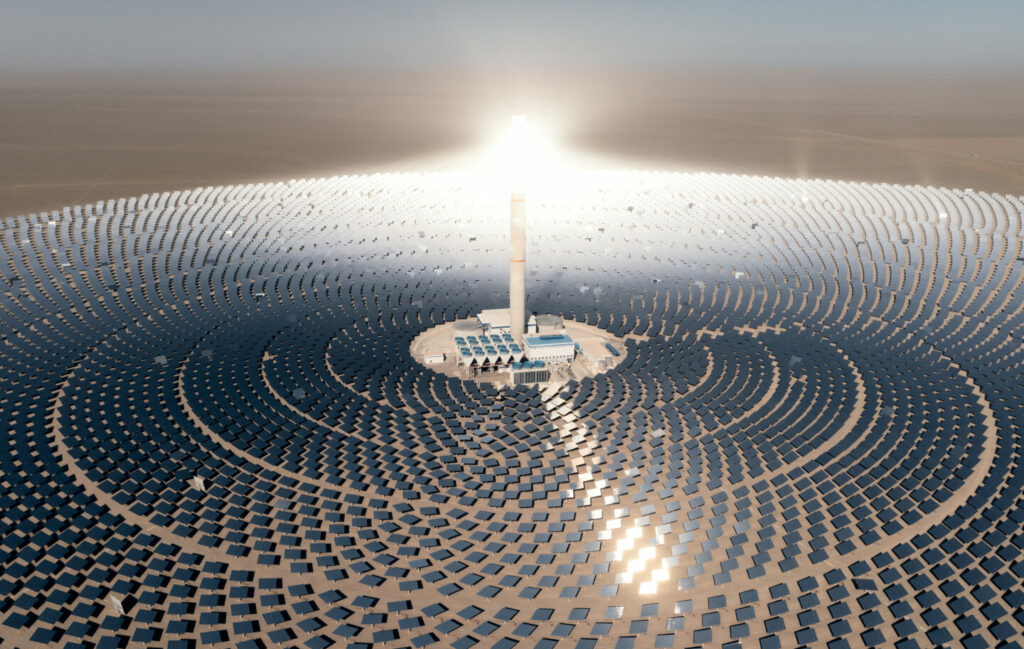
The Basics & The Gaps - Long Duration Energy Storage



